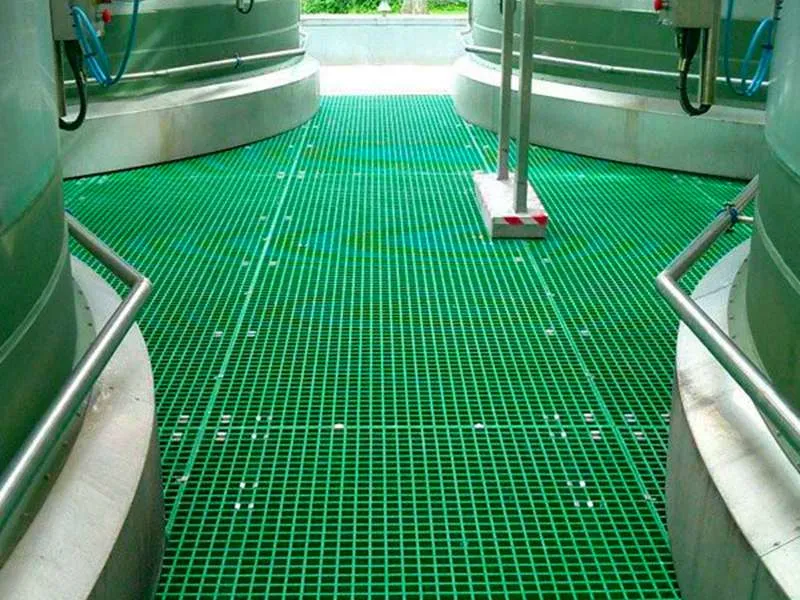
-
 Afrikaans
Afrikaans -
 Albanian
Albanian -
 Amharic
Amharic -
 Arabic
Arabic -
 Armenian
Armenian -
 Azerbaijani
Azerbaijani -
 Basque
Basque -
 Belarusian
Belarusian -
 Bengali
Bengali -
 Bosnian
Bosnian -
 Bulgarian
Bulgarian -
 Catalan
Catalan -
 Cebuano
Cebuano -
 China
China -
 China (Taiwan)
China (Taiwan) -
 Corsican
Corsican -
 Croatian
Croatian -
 Czech
Czech -
 Danish
Danish -
 Dutch
Dutch -
 English
English -
 Esperanto
Esperanto -
 Estonian
Estonian -
 Finnish
Finnish -
 French
French -
 Frisian
Frisian -
 Galician
Galician -
 Georgian
Georgian -
 German
German -
 Greek
Greek -
 Gujarati
Gujarati -
 Haitian Creole
Haitian Creole -
 hausa
hausa -
 hawaiian
hawaiian -
 Hebrew
Hebrew -
 Hindi
Hindi -
 Miao
Miao -
 Hungarian
Hungarian -
 Icelandic
Icelandic -
 igbo
igbo -
 Indonesian
Indonesian -
 irish
irish -
 Italian
Italian -
 Japanese
Japanese -
 Javanese
Javanese -
 Kannada
Kannada -
 kazakh
kazakh -
 Khmer
Khmer -
 Rwandese
Rwandese -
 Korean
Korean -
 Kurdish
Kurdish -
 Kyrgyz
Kyrgyz -
 Lao
Lao -
 Latin
Latin -
 Latvian
Latvian -
 Lithuanian
Lithuanian -
 Luxembourgish
Luxembourgish -
 Macedonian
Macedonian -
 Malgashi
Malgashi -
 Malay
Malay -
 Malayalam
Malayalam -
 Maltese
Maltese -
 Maori
Maori -
 Marathi
Marathi -
 Mongolian
Mongolian -
 Myanmar
Myanmar -
 Nepali
Nepali -
 Norwegian
Norwegian -
 Norwegian
Norwegian -
 Occitan
Occitan -
 Pashto
Pashto -
 Persian
Persian -
 Polish
Polish -
 Portuguese
Portuguese -
 Punjabi
Punjabi -
 Romanian
Romanian -
 Russian
Russian -
 Samoan
Samoan -
 Scottish Gaelic
Scottish Gaelic -
 Serbian
Serbian -
 Sesotho
Sesotho -
 Shona
Shona -
 Sindhi
Sindhi -
 Sinhala
Sinhala -
 Slovak
Slovak -
 Slovenian
Slovenian -
 Somali
Somali -
 Spanish
Spanish -
 Sundanese
Sundanese -
 Swahili
Swahili -
 Swedish
Swedish -
 Tagalog
Tagalog -
 Tajik
Tajik -
 Tamil
Tamil -
 Tatar
Tatar -
 Telugu
Telugu -
 Thai
Thai -
 Turkish
Turkish -
 Turkmen
Turkmen -
 Ukrainian
Ukrainian -
 Urdu
Urdu -
 Uighur
Uighur -
 Uzbek
Uzbek -
 Vietnamese
Vietnamese -
 Welsh
Welsh -
 Bantu
Bantu -
 Yiddish
Yiddish -
 Yoruba
Yoruba -
 Zulu
Zulu
frp settler
The Role of FRP Settlers in Modern Society
The Role of FRP Settlers in Modern Society
FRP settlers are composed of a polymer matrix reinforced with fibers, often glass or carbon. This combination results in materials that are exceptionally strong yet lightweight, corrosion-resistant, and durable. These attributes make FRP settlers an ideal choice for various applications, including municipal wastewater treatment facilities, where they are used in the clarification process to separate solids from liquids effectively. Traditional settler designs, typically made from concrete or steel, are susceptible to corrosion and degradation over time, leading to operational inefficiencies and increased maintenance costs. In contrast, FRP settlers promise longevity and reliability, thereby enhancing the overall efficiency of treatment plants.
frp settler

The application of FRP settler technology is not limited to wastewater treatment. In the context of the construction industry, FRP materials are increasingly used in the design of bridges, buildings, and other infrastructures. Their resistance to environmental factors such as moisture, chemicals, and temperature fluctuations ensures that structures remain intact and functional for longer periods. Additionally, the lightweight nature of FRP reduces transportation costs and allows for easier handling and installation, making it an attractive alternative for construction projects with stringent timelines and budgets.
Moreover, the sustainability aspect of FRP settlers cannot be overlooked. As communities strive to become more environmentally friendly, the reduced need for maintenance and replacement translates into lower energy consumption and diminished ecological footprints. The production of FRP materials typically involves less environmental impact compared to traditional materials, contributing to a more sustainable building practice.
In summary, FRP settlers are not just an innovative technological advancement; they symbolize a shift towards more sustainable and efficient practices in both wastewater management and construction. Their unique properties facilitate improved performance and reliability, enabling society to meet the growing demands of urbanization while simultaneously addressing environmental challenges. As research and development continue to enhance the capabilities of FRP materials, their integration into various sectors will likely expand, paving the way for a more resilient and sustainable future.
Latest news
-
Exploring the Benefits of Top Hammer Drifter Rods for Enhanced Drilling PerformanceNewsJun.10,2025
-
High-Precision Fiberglass Winding Machine for GRP/FRP Pipe Production – Reliable & Efficient SolutionsNewsJun.10,2025
-
FRP Pipes & Fittings for Shipbuilding - Corrosion-Resistant & LightweightNewsJun.09,2025
-
Premium FRP Flooring Solutions Durable & Slip-ResistantNewsJun.09,2025
-
Premium Fiberglass Rectangular Tanks Durable & Lightweight SolutionNewsJun.09,2025
-
Tapered Drill String Design Guide Durable Performance & UsesNewsJun.09,2025









